
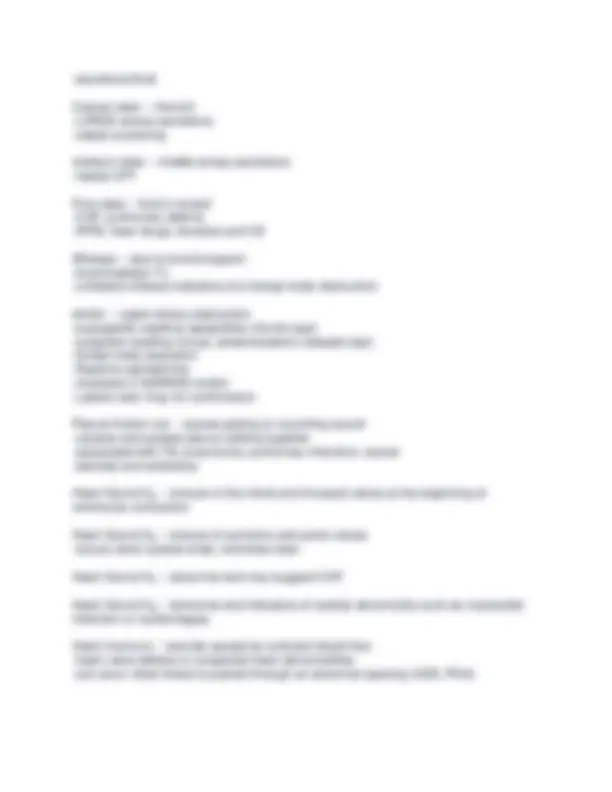
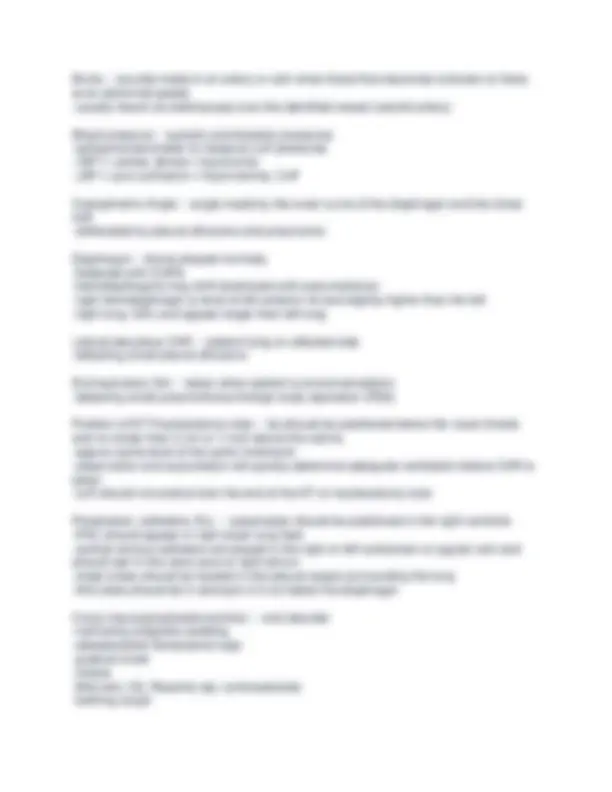
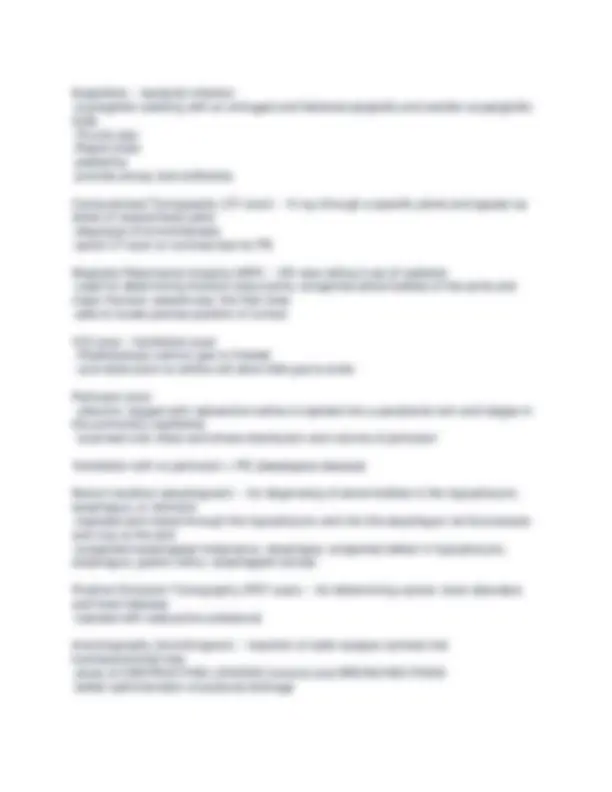
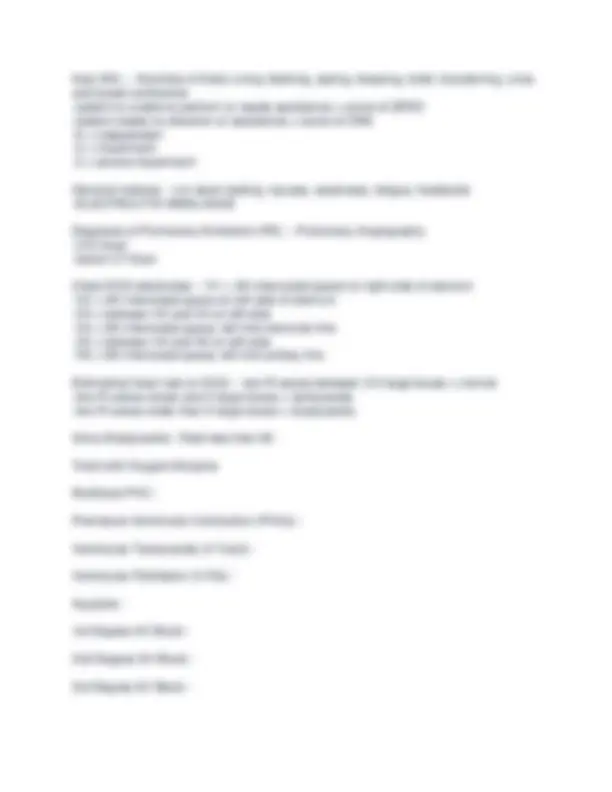
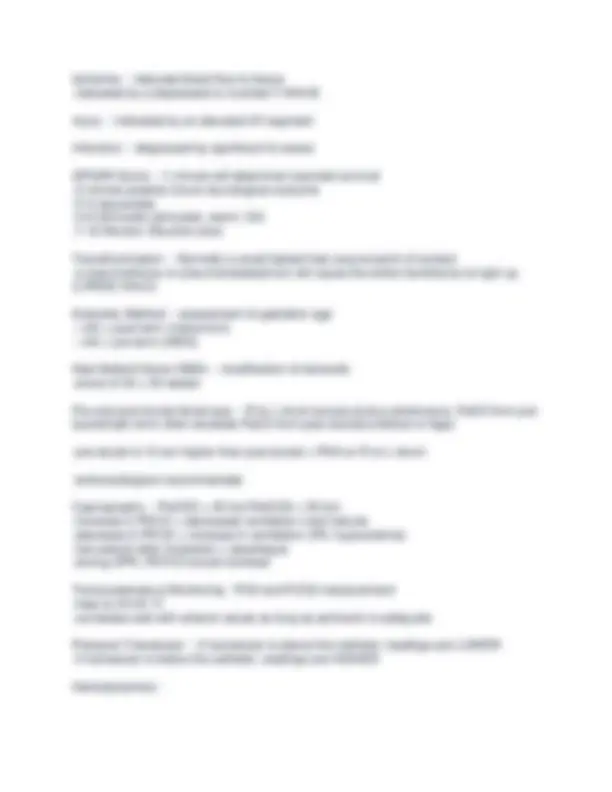
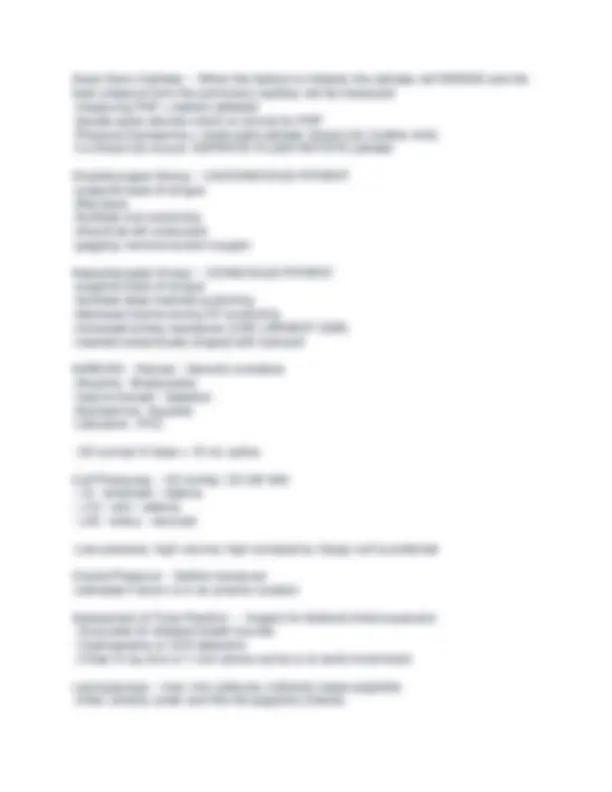
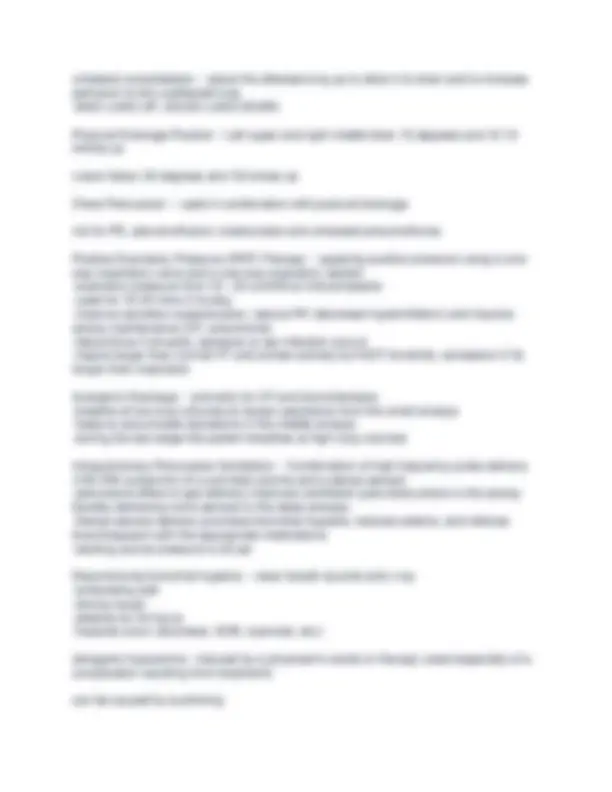
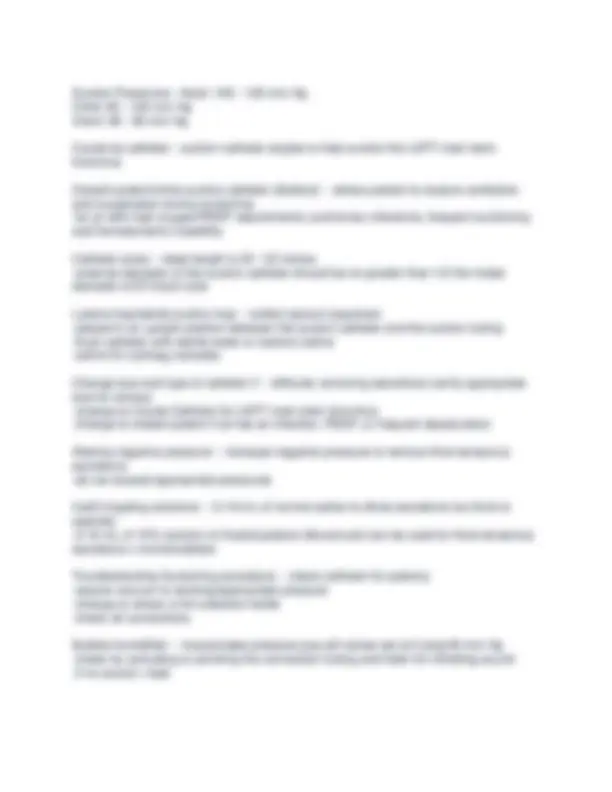
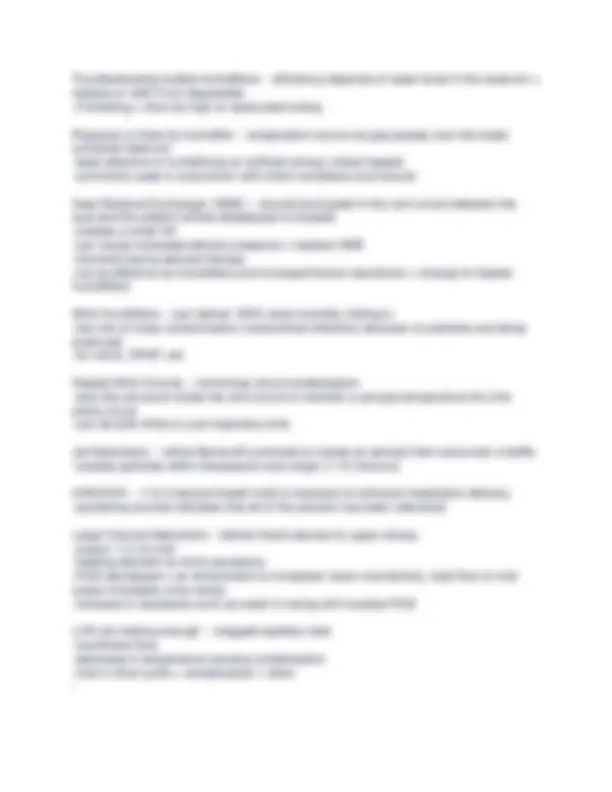
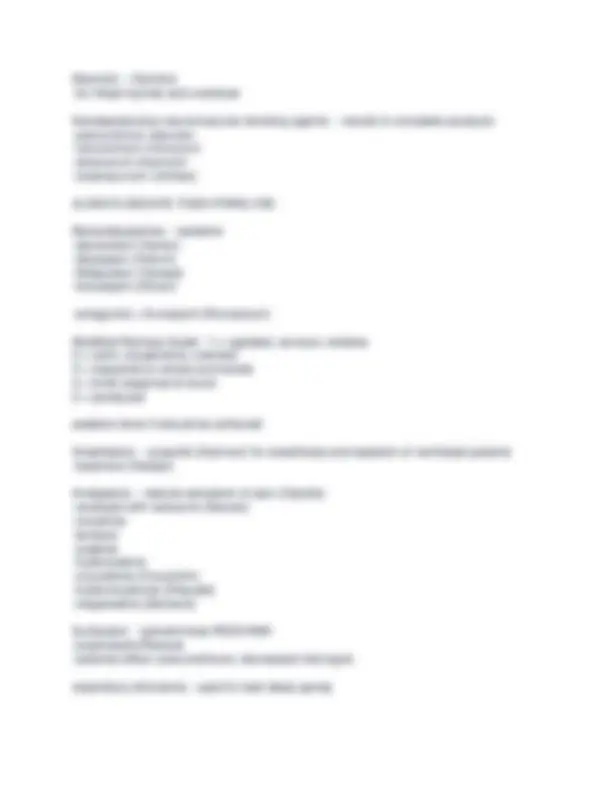
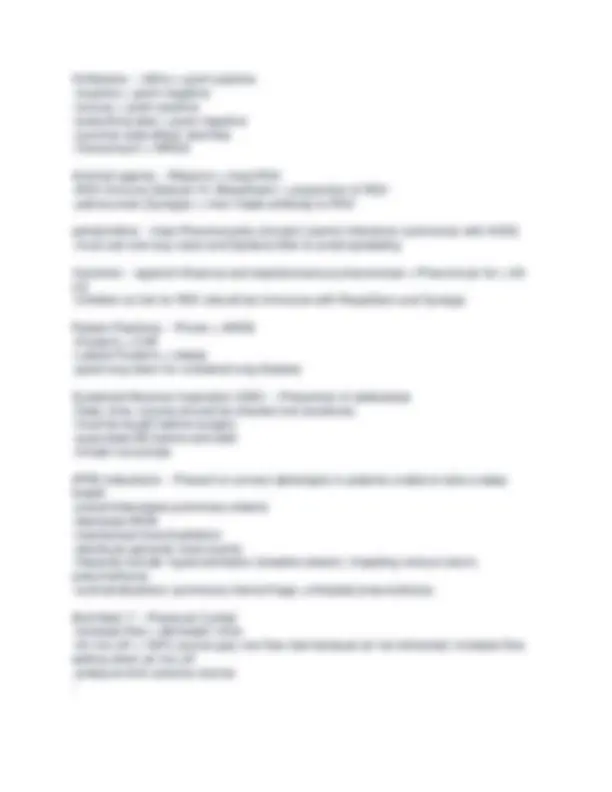
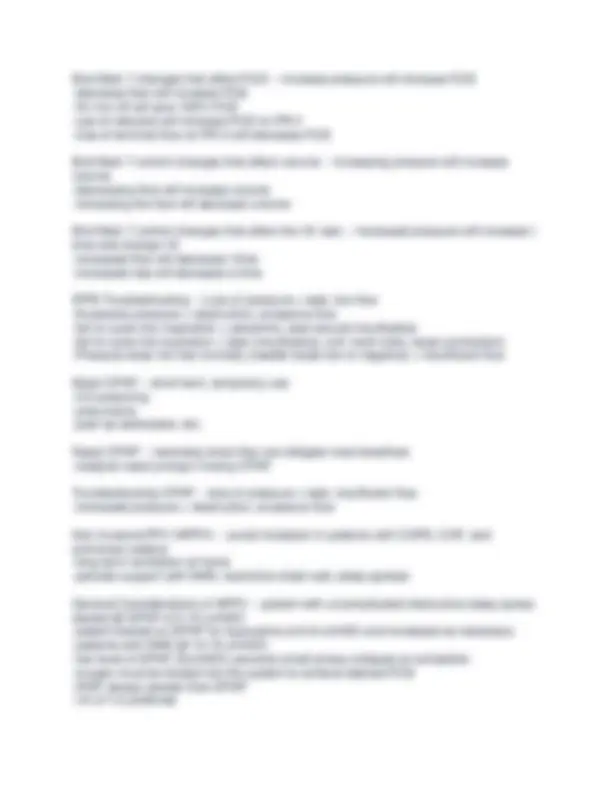
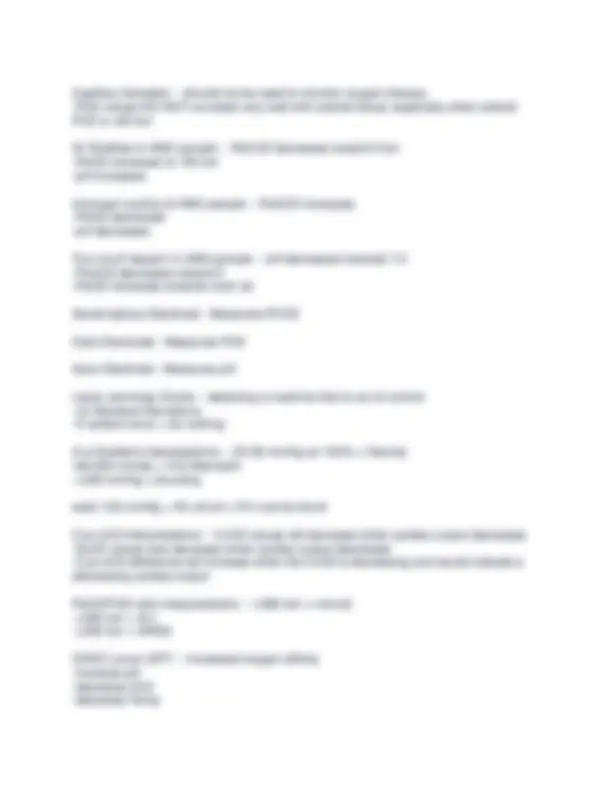
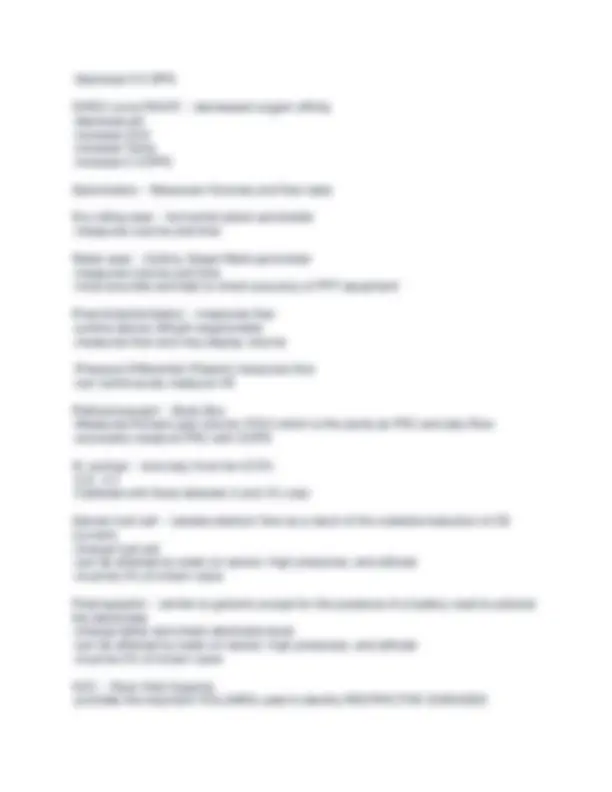
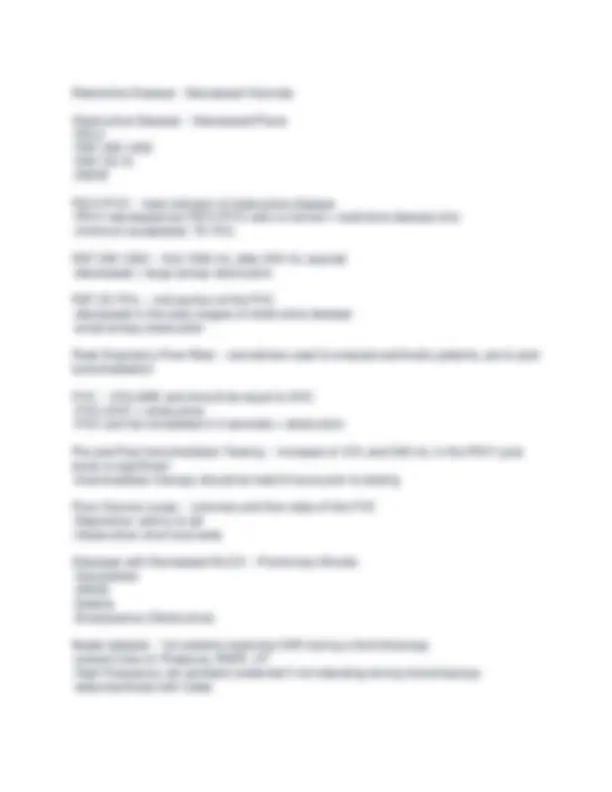
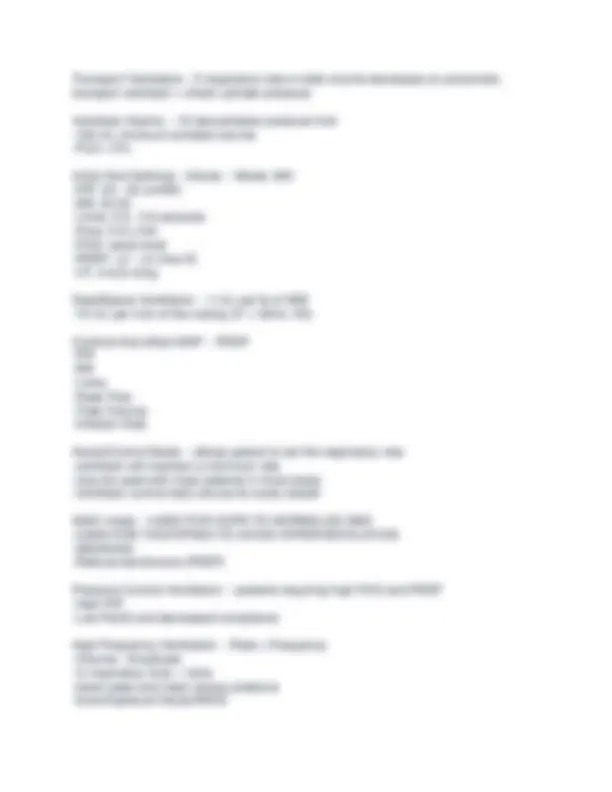
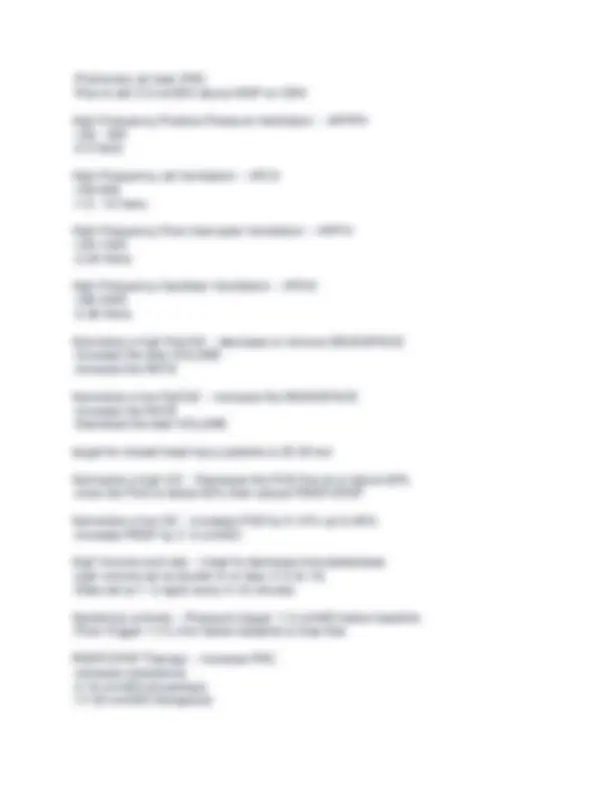
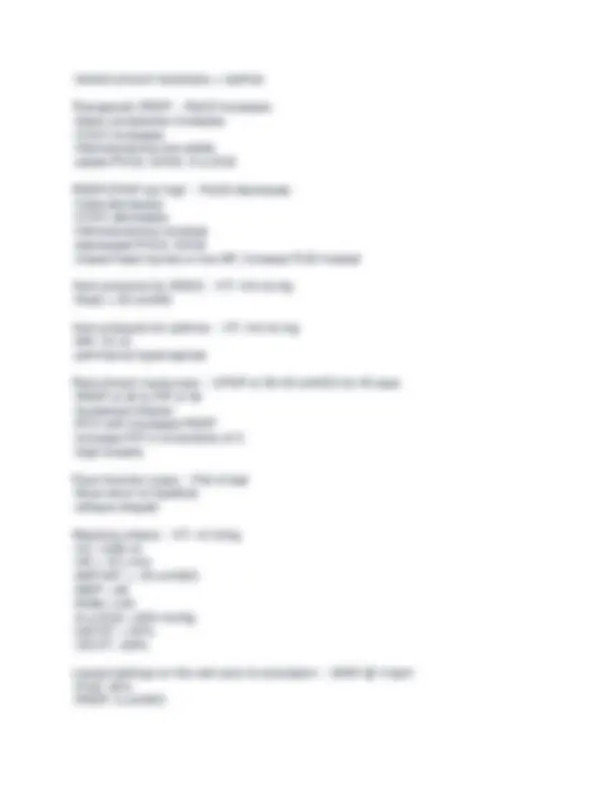
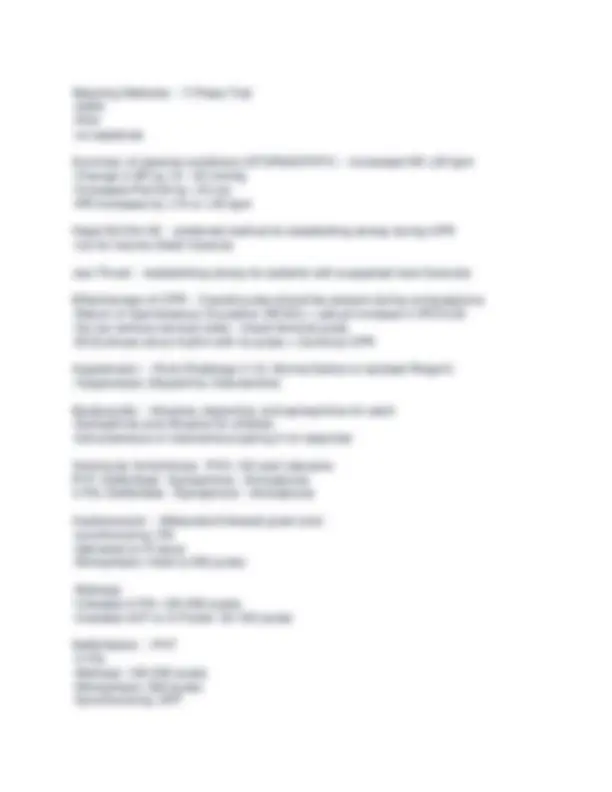
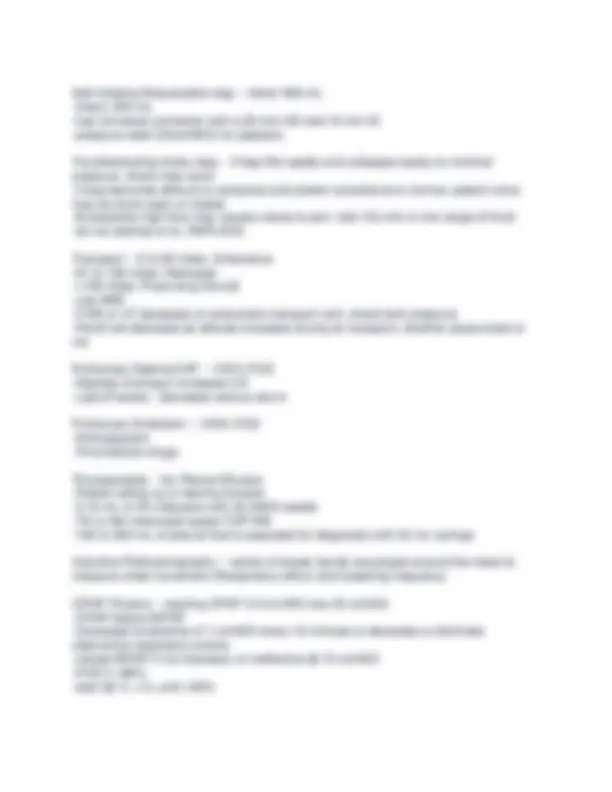
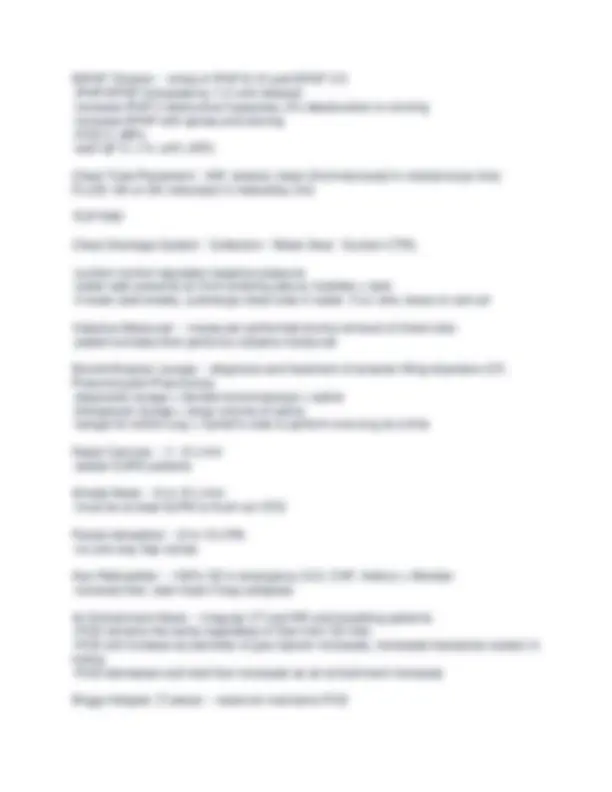
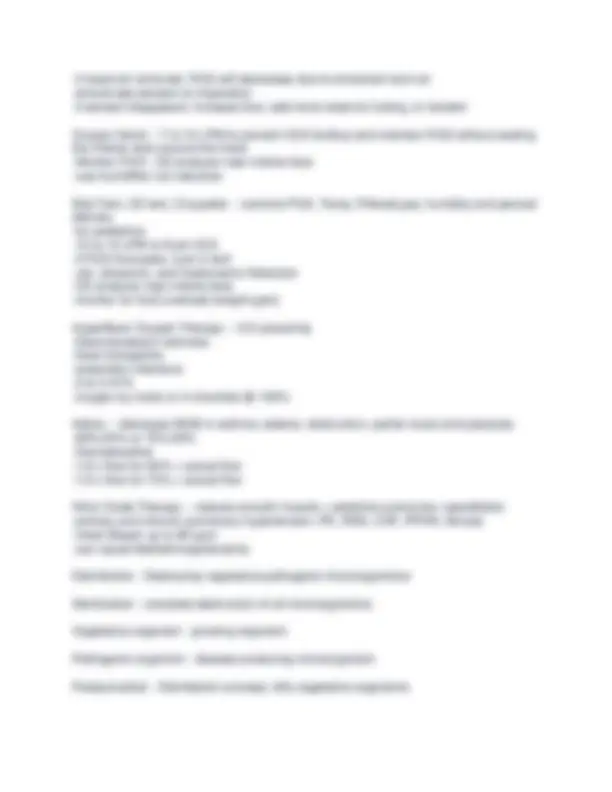
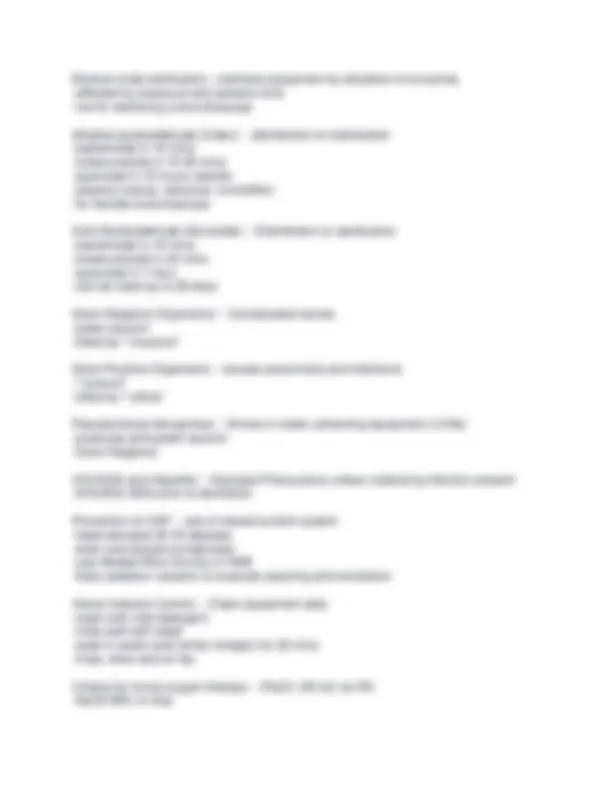
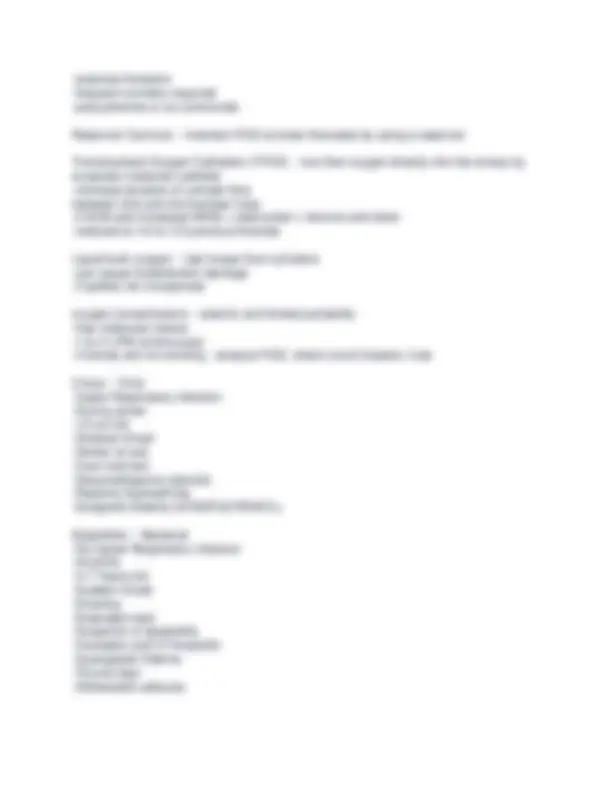
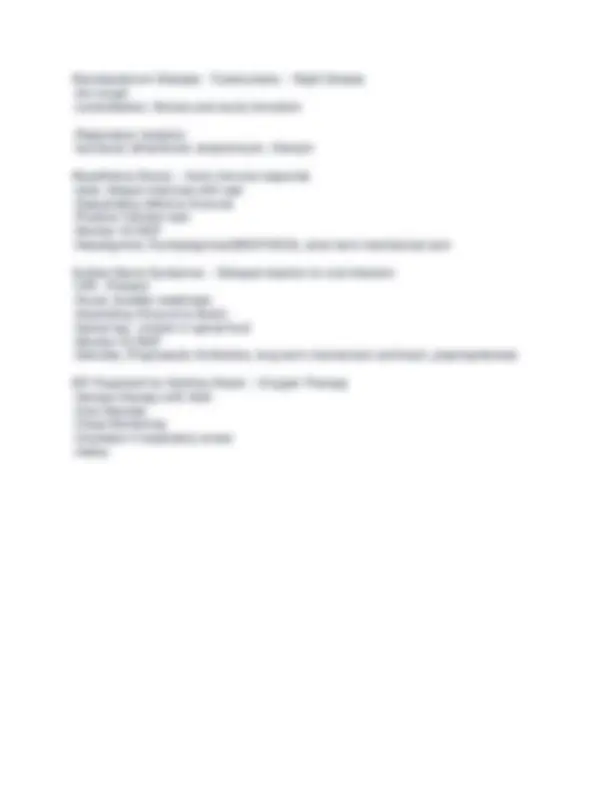


Study with the several resources on Docsity

Earn points by helping other students or get them with a premium plan


Prepare for your exams
Study with the several resources on Docsity

Earn points to download
Earn points by helping other students or get them with a premium plan
Community
Ask the community for help and clear up your study doubts
Discover the best universities in your country according to Docsity users
Free resources
Download our free guides on studying techniques, anxiety management strategies, and thesis advice from Docsity tutors
CRT/RRT (NBRC) FULL REVIEW EXAM STUDY GUIDE GRADED A 2024/CRT/RRT (NBRC) FULL REVIEW EXAM STUDY GUIDE GRADED A 2024/CRT/RRT (NBRC) FULL REVIEW EXAM STUDY GUIDE GRADED A 2024/CRT/RRT (NBRC) FULL REVIEW EXAM STUDY GUIDE GRADED A 2024/CRT/RRT (NBRC) FULL REVIEW EXAM STUDY GUIDE GRADED A 2024
Typology: Exams
1 / 33

This page cannot be seen from the preview
Don't miss anything!


























Ascites - accumulation of fluid in the abdomen caused by LIVER FAILURE Venous distention - - occurs with CHF
Bruits - - sounds made in an artery or vein when blood flow becomes turbulent or flows at an abnormal speed.
Epiglottitis - - bacterial infection
Katz ADL - - Activities of Daily Living: Bathing, eating, dressing, toilet, transferring, urine and bowel continence
Swan-Ganz Catheter - - When the balloon is inflated, the catheter will WEDGE and the back pressure from the pulmonary capillary will be measured
5 - lymphatic - edema
10 - vein - edema
20 - artery - necrosis
unilateral consolidation - - place the affected lung up to allow it to drain and to increase perfusion to the unaffected lung
Suction Pressures - Adult: 100 - 120 mm Hg Child: 80 - 100 mm Hg Infant: 60 - 80 mm Hg Coude tip catheter - suction catheter angles to help suction the LEFT main stem bronchus Closed system/inline suction catheter (Ballard) - - allows patient to recieve ventilation and oxygenation during suctioning
LVN + blender - - set blender at desired FiO
Nystatin - - antifungal agent to treat thrush
Antibiotics - - cillins = gram positive
Bird Mark 7 changes that affect FiO2 - - increase pressure will increase FiO